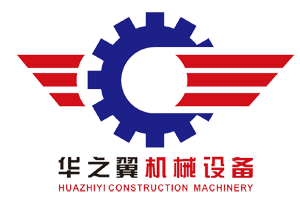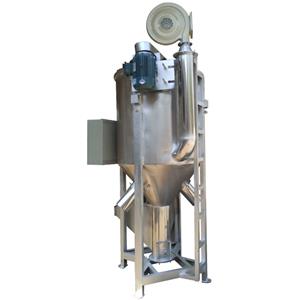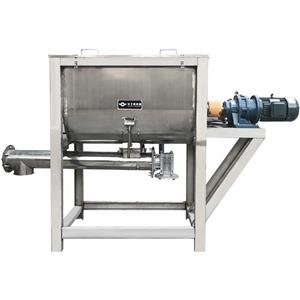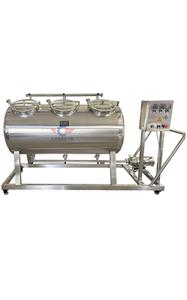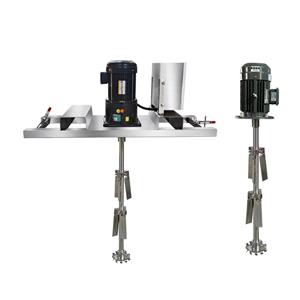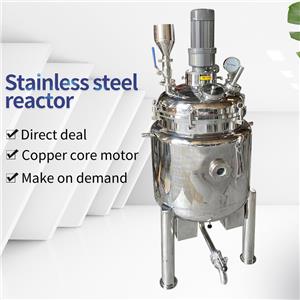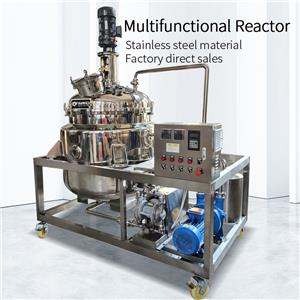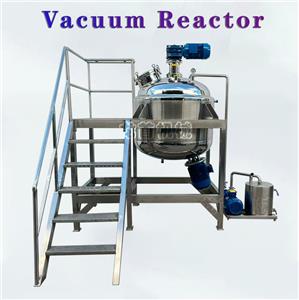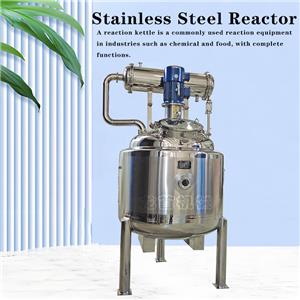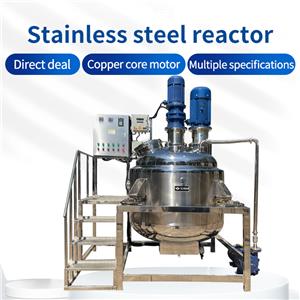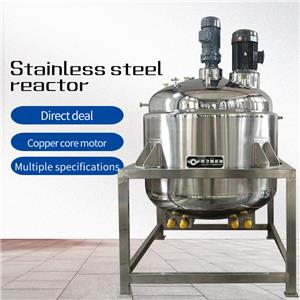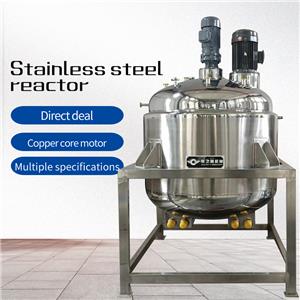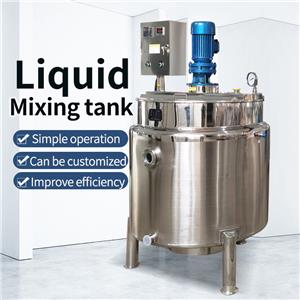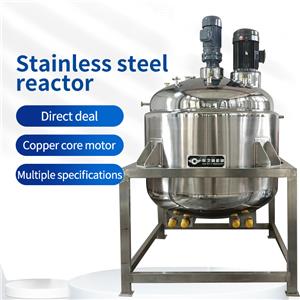-
11-29 2025
Today, let's talk about the functions of a small reaction kettle
The vacuum reaction kettle is made of stainless steel material and is a closed equipment that achieves material mixing, reaction, distillation, etc. in a negative pressure environment. Widely used in industries such as food, chemical, and daily chemical.
-
10-24 2025
Today, let's talk about the characteristics of stainless steel reactor
The high-speed dispersion reactor is made of SUS304/316 stainless steel material; The mixing method can be customized according to the characteristics of the material, such as paddle type, anchor type, frame type, screw type, scraping wall type, etc; Mechanical seals are commonly used as sealing methods; It is a device that implements the reaction process.
-
09-23 2025
Today, let's talk about the characteristics of vacuum reactors
Reaction vessels are widely used in industries such as coatings, building materials, chemicals, pigments, resins, food, and scientific research; This device can be selected according to the process requirements of the user's product Made of materials such as stainless steel; And set up heating and cooling devices to achieve full capacity Different processes and production needs are met The device has a reasonable structural design, advanced technology, durability, and is characterized by simple operation and easy use.
-
08-19 2025
Today, let's talk about how to choose a suitable stainless steel reactor
The vacuum electric heating reactor has the advantages of strong corrosion resistance, uniform stirring, good sealing performance, and wide application range.
-
06-30 2025
Today, let's talk about the types of reaction vessels
Stainless steel vacuum reactors are widely used in the food and chemical sealing industries, and can be made into ideal equipment that integrates heating, cooling, stirring, dissolution, and other functions according to customer process requirements.
-
06-07 2025
Today, we will introduce a steam heated reaction kettle
Stainless steel reaction vessels have the characteristics of rapid heating, high temperature resistance, corrosion resistance, hygiene, no environmental pollution, no need for boiler automatic heating, and convenient use. They are widely used in petroleum, chemical, rubber, dyes, food, and other processes such as vulcanization, nitrification, hydrogenation, alkylation, polymerization, and condensation.
-
03-15 2025
Today we will talk about how to distinguish between mixing tanks and reaction vessels
There are many similarities in function and use between mixing tanks and reaction vessels, both of which are used for stirring liquid materials. The difference lies in the structure: the mixing tank is mostly a top flat cover structure, while the reaction kettle is a top and bottom head structure.
-
01-15 2025
Today we introduce a corrosion-resistant stainless steel mixing tank
The mixing tank can be made of SUS304, SUS316 stainless steel corrosion-resistant material according to the process requirements of the user's product, and equipped with heating and cooling devices to meet different process and production needs. The heating forms include jacket electric heating and coil heating. This equipment has the characteristics of reasonable structural design, simple operation, and convenient use.
-
11-13 2024
Today, we will introduce how a liquid reaction kettle works
Stainless steel reaction vessels have the characteristics of rapid heating, high temperature resistance, corrosion resistance, hygiene, no environmental pollution, no need for boiler automatic heating, and convenient use. They are widely used in petroleum, chemical, rubber, dyes, food, and other processes such as vulcanization, nitrification, hydrogenation, alkylation, polymerization, and condensation.
-
10-06 2024
Today we introduce a high shear vacuum reactor
Stainless steel reaction vessels are made of stainless steel, mostly made of 304 or 316L stainless steel, meeting production standards. When mixing materials, frame mixing is mainly used to stir and disperse the materials evenly in a short period of time. At the same time, customers can choose different kettle, frame, anchor, and slurry types to mix the items, ensuring that the products are fully and evenly dispersed.
